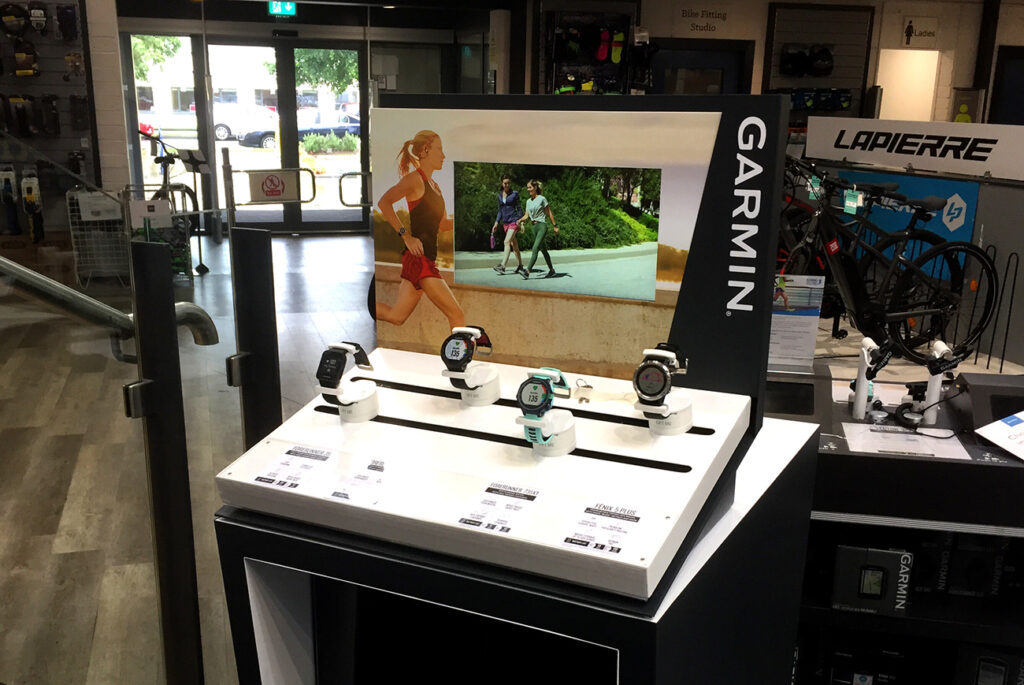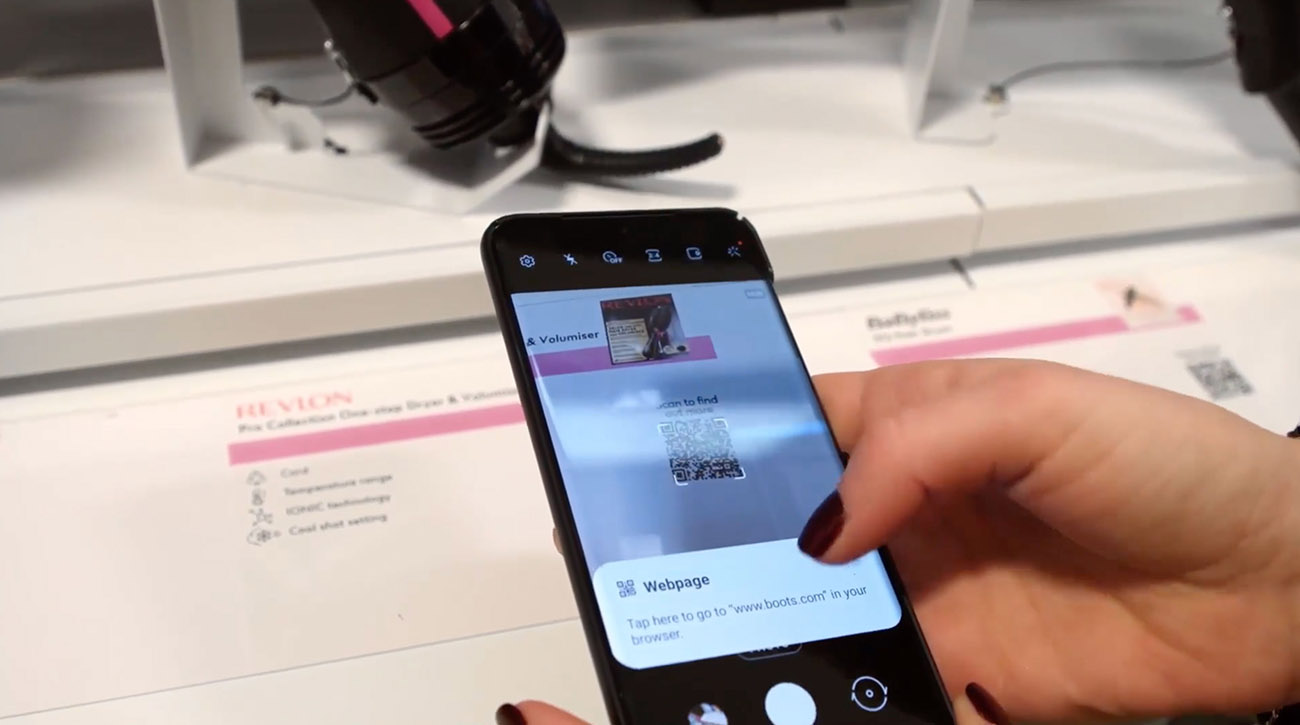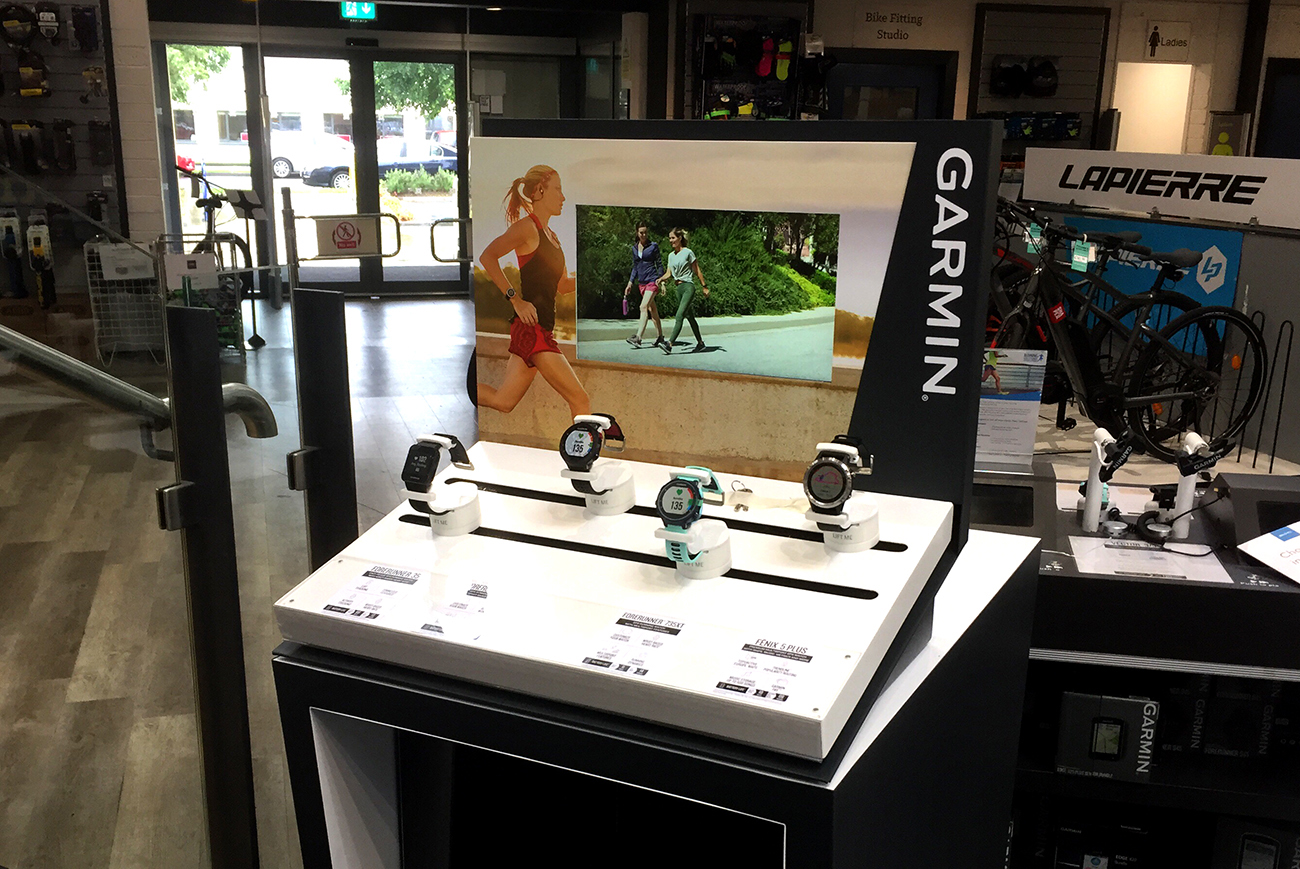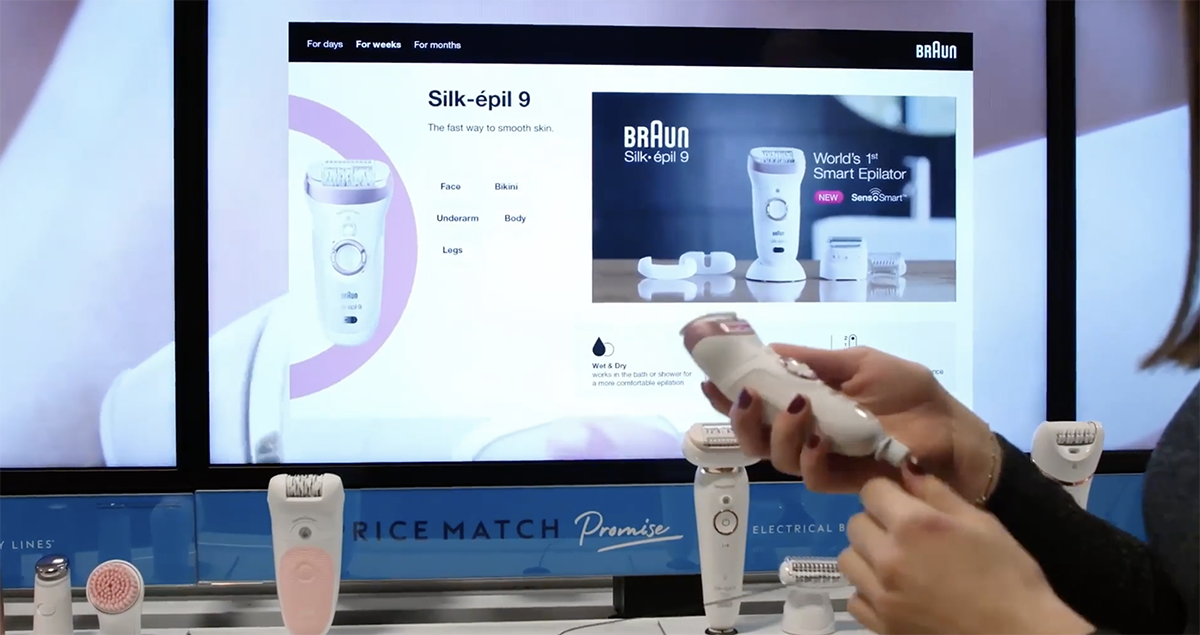retail experiences, digital, insights
How personalisation is changing the physical retail experience

Personalised experiences can revolutionise how shoppers engage with brands.
Personalisation sits at the heart of retail in 2022. Personalised experiences need to be interactive, resonate with customers in real time and be relevant, educational and informative.
In this article we discuss why personalisation is so important to physical retail and how it can be used to drive shopper attraction, engagement and conversion.
Why is personalisation so important?
For the answer to that we need to turn to the online world. The likes of Amazon have conditioned consumers to expect personalised experiences, whether suggestions based on previous purchases, preferences based on demographics or personalised messages and offers.
McKinsey and Co go as far as speculating that personalisation may now be regarded as a “hygiene factor”, whereby customers take it for granted to such an extent that if a retailer gets it wrong, they risk losing the customer.
How are personalised experiences being used in physical retail?
2022 is predicted to be the year when personalised experiential retail really takes off.
The key is the interaction between physical product, digital technologies, smartphones and data.

Barcodes and QR codes
Retail display specialists recognise that shoppers are increasingly willing to use their smartphone to interact with barcodes and QR codes instore.
This has enabled the delivery of personalised experiences via the scanning of a QR code. Shoppers can interact with digital screens to answer questions on their phone which then produce personalised answers and recommendations on the instore display screen.
Retailers and brands can then intelligently pull back data and analytics to control content and experiences remotely anywhere in the world from a single software platform. It also enables retailers to use data intelligently to improve shopper experience.
By using more data, experiences can be personalised further using technologies which can recognise the shopper through:
- Their use of an app e.g. brand’s app
- Their location e.g. geo fencing
- Their personal details e.g. name, age, gender
Data gathering and insights
As described above, personalised interactive displays can be used to derive data intelligently and drive value.
By using 3D creative and well-engineered physical displays to create integrated experiences, data can be gathered on how customers respond content and experiential displays, and how they move around the store. Interactions can be monitored, along with dwell times and locations.
As a next step, the data can be used to refine and personalise the customer experience and in-store journey. Understanding how shoppers are interacting with displays enables retail managers to drive increases in ROI by generating small increases in interactions or dwell time.

Case study
For Garmin, we monitored lift and learn technology interactions on a range of different products, enabling analysts to interpret data and draw conclusions.
When compared to in-store sales data, the data showed that after trying out premium products, shoppers often go on to purchase a related product of lesser value. We worked with Garmin to change the digital display content and messaging to emphasise the benefits of the higher value product, resulting in an uplift in sales.
Evolution of expectation
Increasingly, shoppers visit a store to gain insight into a product they’re aware of or interested in, because in so doing they can get more than they’d learn from an online page or static printed graphic.
Many of today’s shoppers are already armed and educated before they go to a store, unless the products are traditionally seen as ‘impulse’ purchases.
Yet through personalised experiences, what have for years been regarded as impulse purchases can be transformed into ‘destination’ purchases that shoppers head to a store specifically to buy.

Connected environments
For true personalisation, physical display must be integrated with digital technology to create an initial “attract moment”, engage the shopper, educate and inform the customer and ultimately close the loop and convert them into a sale.
This attract-engage-convert journey may start online, lead to a personalised in-store experience using integrated digital and physical media with a product and then ultimately finish with an online purchase.
This multi-phase, multi-dimensional shopper journey is enabled and enhanced throughout by collection and analysis of data and underpinned by hands-on experience comprising educational and personalised information.
Far from shoppers being disappointed by a lack of product stock in-store, the “no stock” store is now a destination in itself for shoppers to experience products they have discovered online, and which with a QR code scan can be ordered for delivery at home.
Delivery will soon be within hours or minutes and may well be by drone.
“The future of retail will be a cashless, convenient and a personalised shopper experience. Easy, engaging with no friction.”
Leon Turney
Next steps
Ready to personalise your retail display experiences for your shoppers?
Retail displays should be designed to offer personalised, hands-on, educational and informative experiences. Displayplan helps its clients develop personalised retail experiences that appeal to the senses and emotions of target shoppers. We design your retail display to offer shoppers the opportunity to engage with your brand, experience your products and become invested in them.
At Displayplan, we’re retail display experts. Speak with one of our specialists on 01462 88 6000 or email info@displayplan.com.
